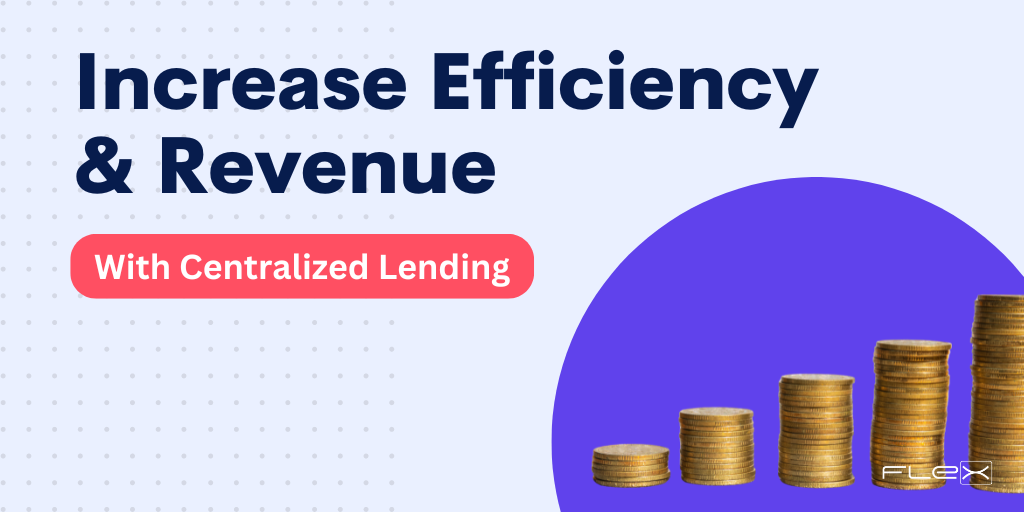Credit Risk Mitigation: Developing the Perfect Strategy
Within the context of a credit union, one of the great things about technology is that it is always changing--meaning that new opportunities are always available to take advantage of. This does, however, change the type of risk an organization is exposed to--meaning that your risk mitigation strategies need to evolve with it. This isn't necessarily a challenge, but there are several strategies that you'll certainly want to implement to make sure you remain protected at all angles.

What is Credit Risk Mitigation?
Credit risk mitigation refers to a set of actions aimed at reducing potential financial losses associated with the credit risk of a financial asset for your credit union. If you issue someone a credit card, for example, part of your credit risk mitigation strategy would naturally involve looking at their credit rating and proactively analyzing the information you find. You would also want to manage credit exposures and more.
Direct credit risk is when someone will not be able to meet their financial obligations. Indirect credit risk is when someone will not be able to pay back money they have already borrowed--meaning that a member wouldn't be able to pay their credit card, for example.
Your credit risk mitigation strategy needs to be continually updated because circumstances change. Experts agree that right now, there is an increased risk of delinquencies and defaults because people are having to make tough decisions. Does a member pay their credit card, make their rent payment, or purchase food for their family? They may not be able to do all three and are acting accordingly.
In the future, things can easily change as the economy does the same, creating new potential risks to worry about.
Updated Credit Risk Mitigation Strategies
Some credit risk mitigation strategies your credit union can use include ones like:
- Provision for non-performing loans, or NPLs. This means you set aside funds to cover potential losses.
- Write off those NPLs as they become deemed 'unrecoverable."
- Reduce the cost of lending to offer more competitive interest rates and other incentives to borrowers.
- Improve your market reputation, which allows you to become known as a credit union that can properly handle risk.
- Use machine learning-based credit scoring models to help proactively identify potential loan defaults faster.
- Automate as much of your fraud detection and prevention mechanisms as possible to eliminate human error and to speed up the process.
- Offer dynamic credit limits, which change based on a member's overall financial health.
- Require collateral, which is when a member offers an item of value to obtain a loan, thus minimizing risk in the early stages.
- Practice post disbursement monitoring, which is when you have members provide you with things like balance sheets, income statements, and more to assess their financial health on an annual or even quarterly basis.
Strengthening Credit Risk Mitigation: FLEX's Partnership with Pay Lynxs and the Introduction of SimpliRisk
In the end, we understand that operating in the financial services industry is risky for anyone, let alone a smaller organization like a credit union. That's why at FLEX, we always take meaningful steps to help our own clients protect everything they've already worked so hard to build. Click below to read about one such example: FLEX's recent partnership with Pay Lynxs, the result of which was the compliance automation solution SimpliRisk.



